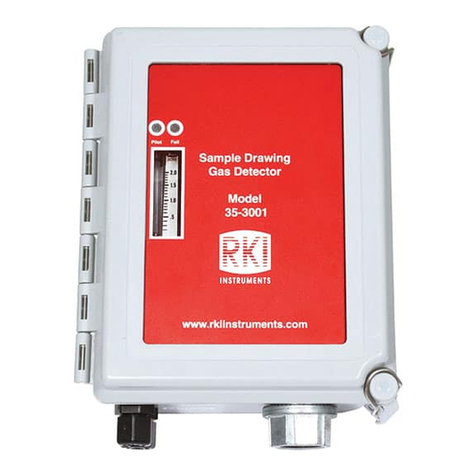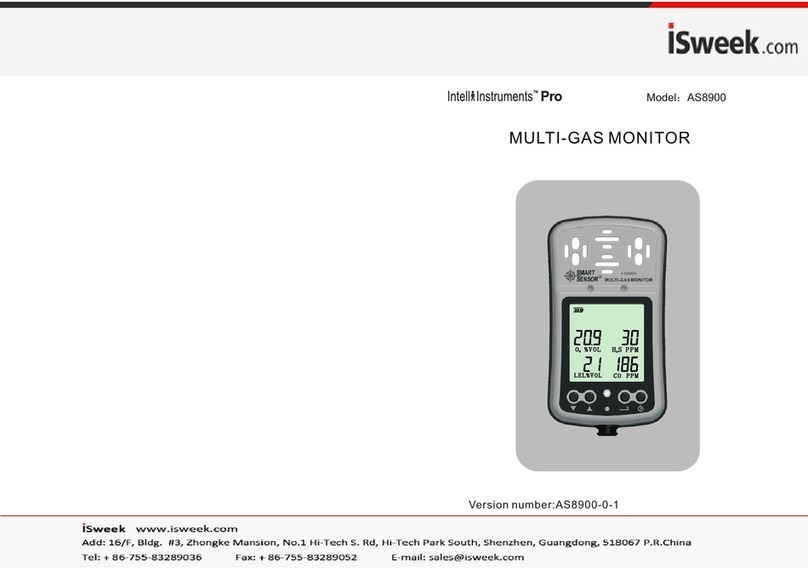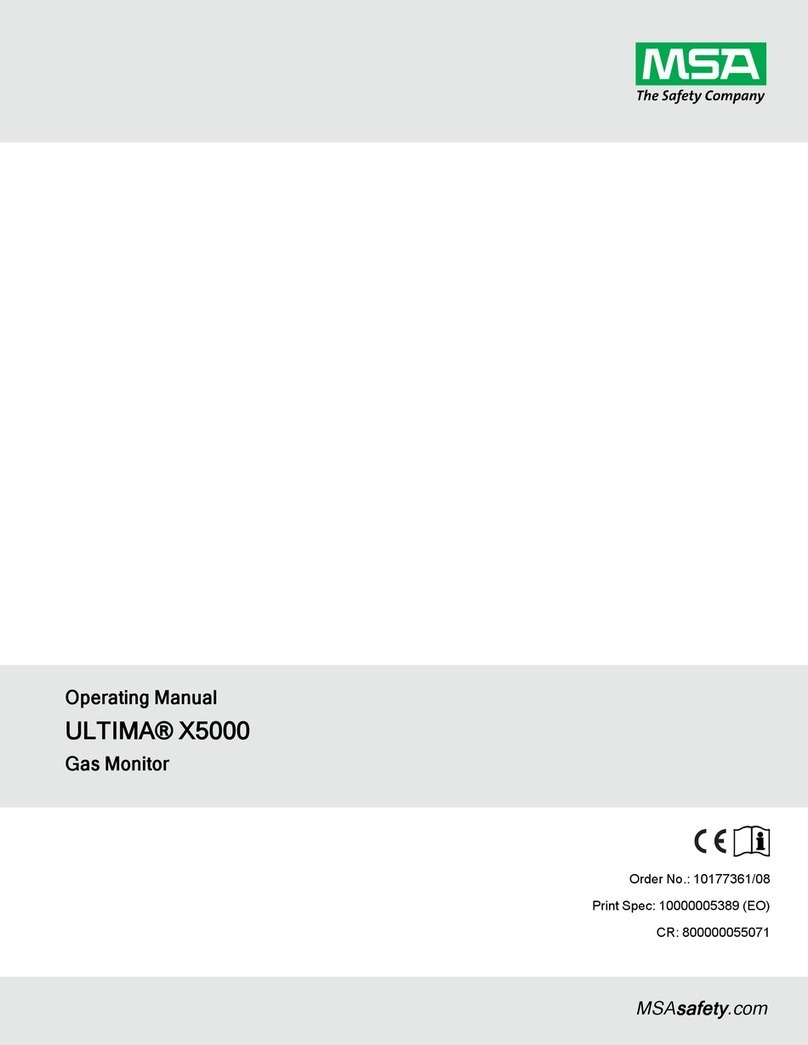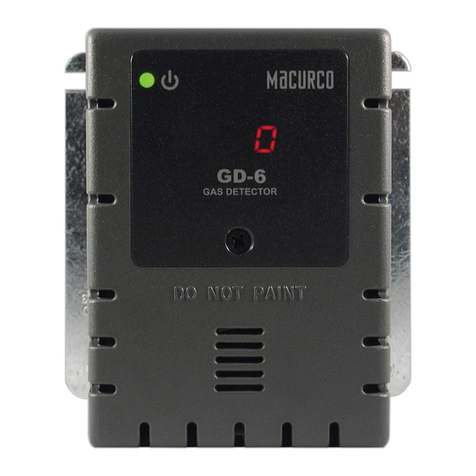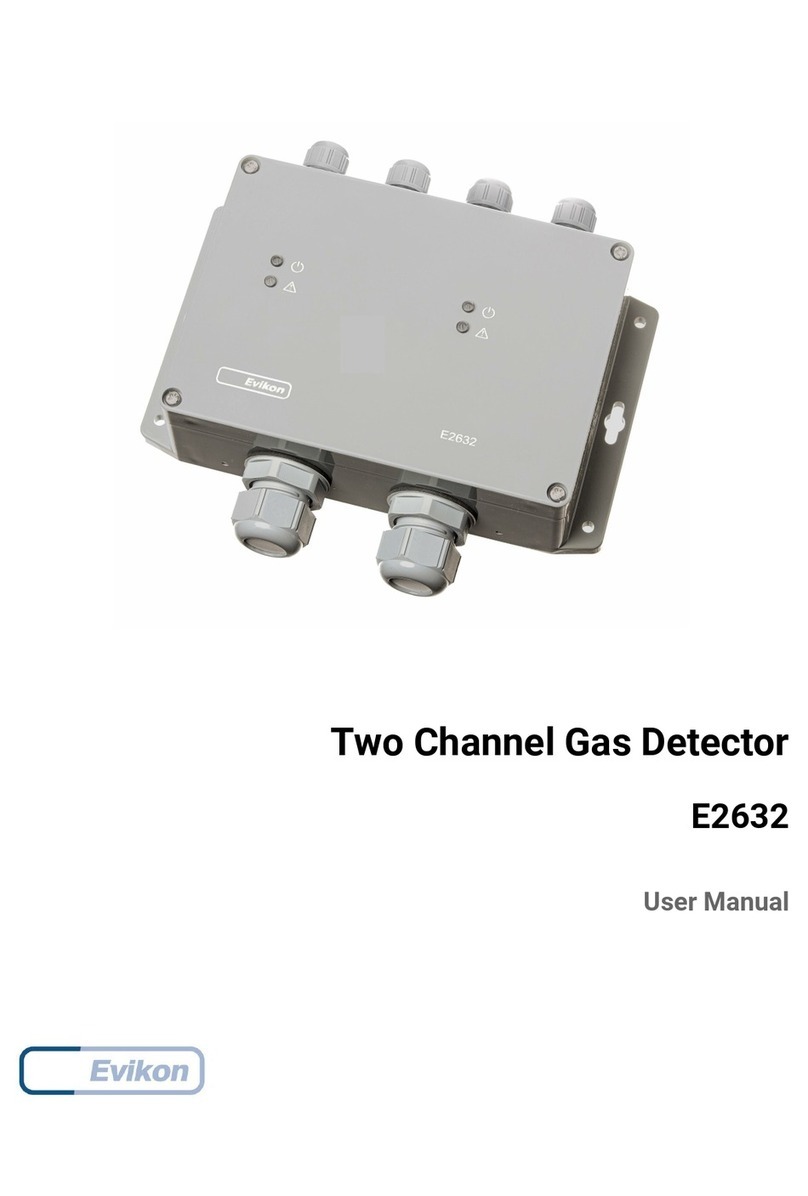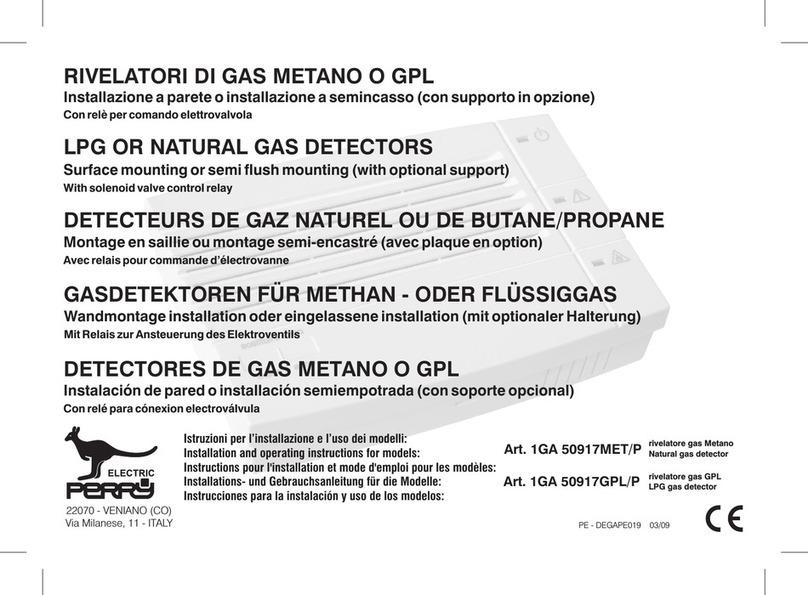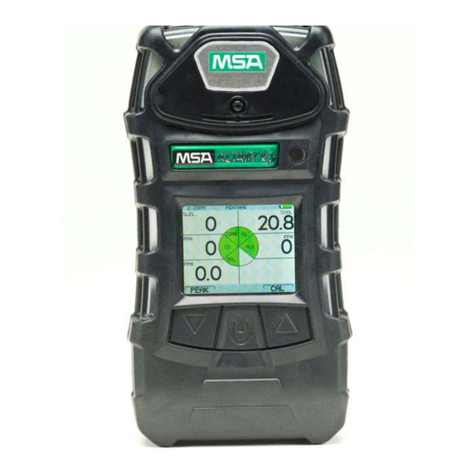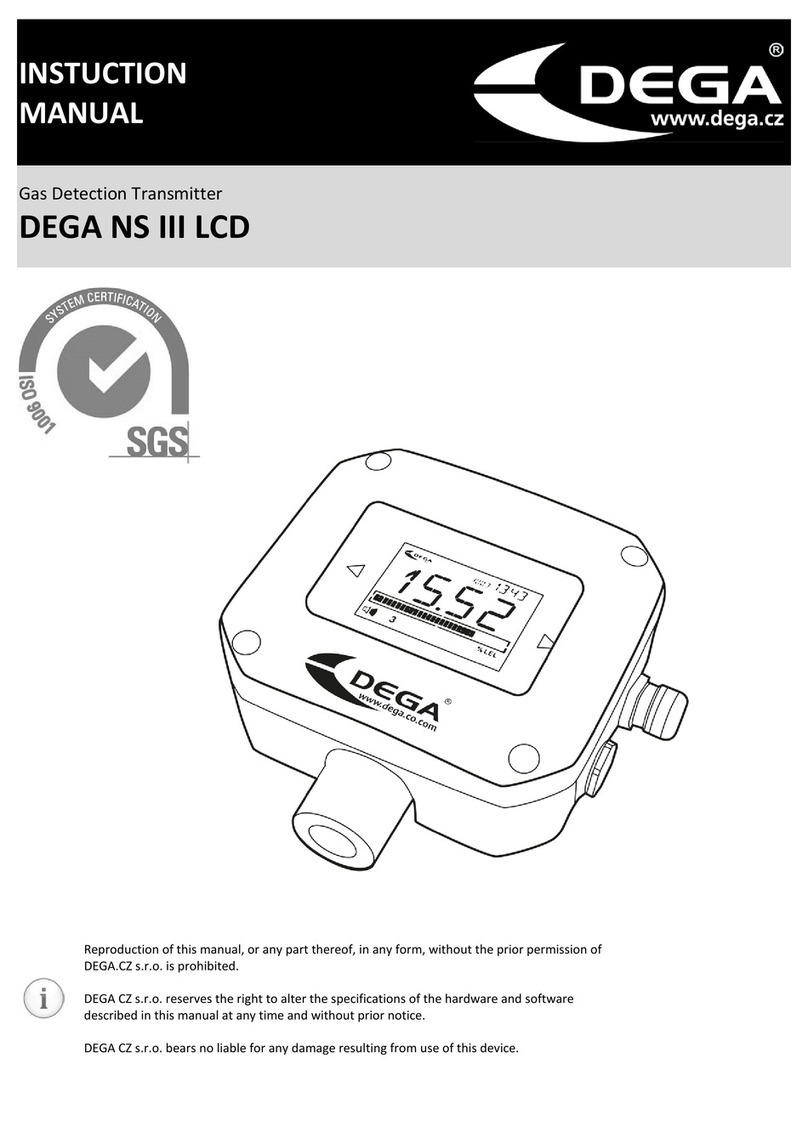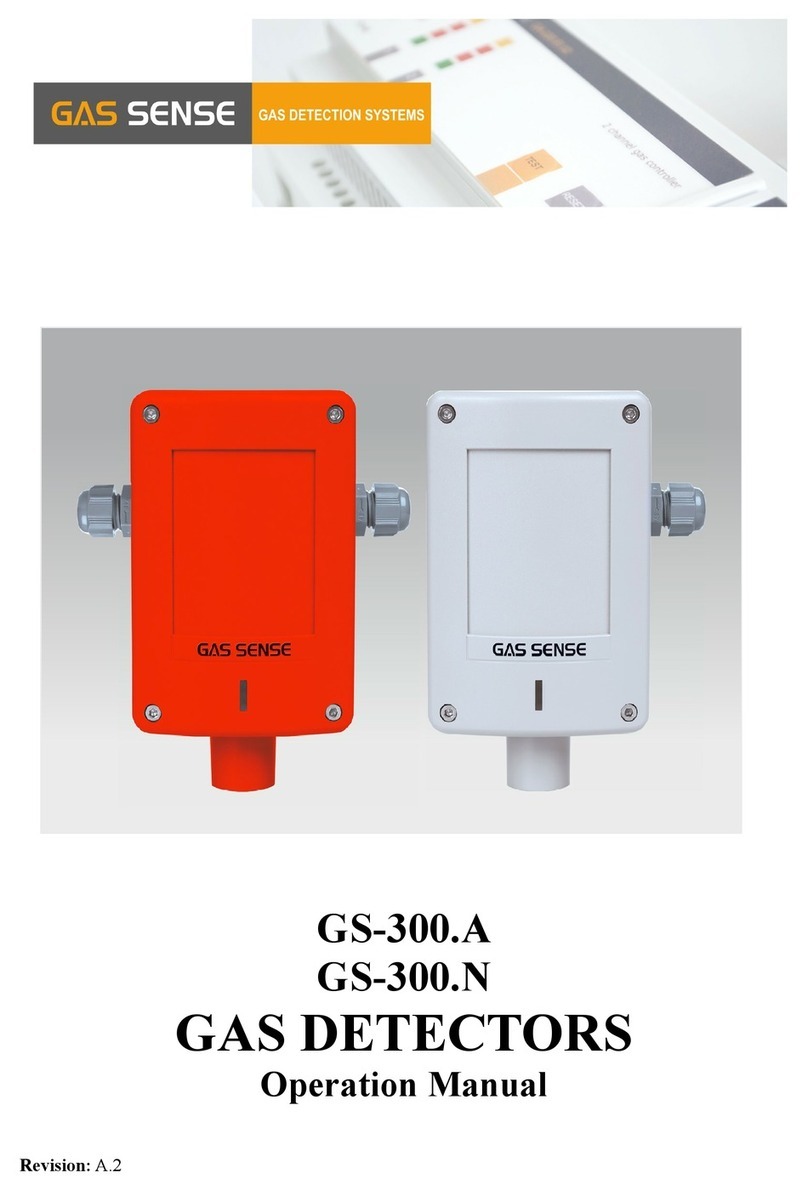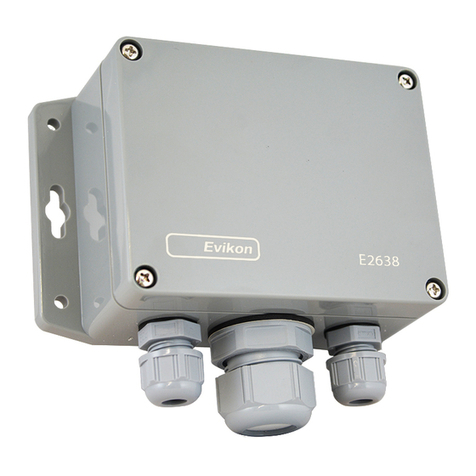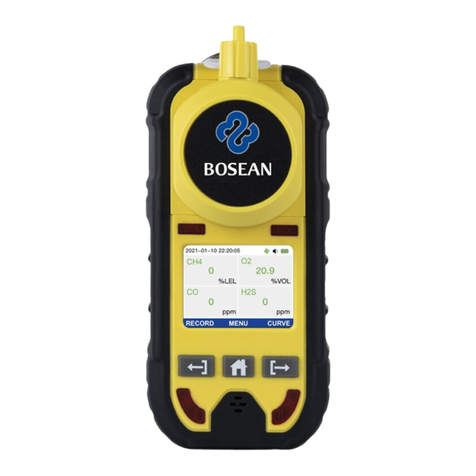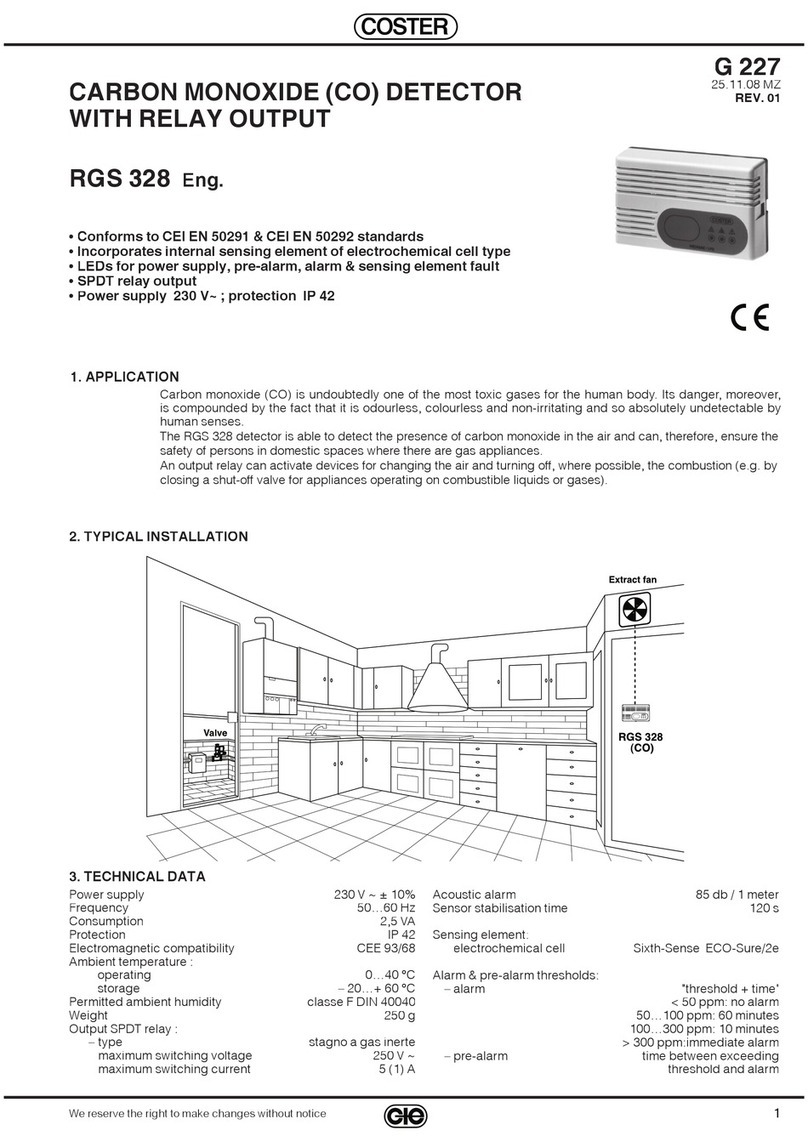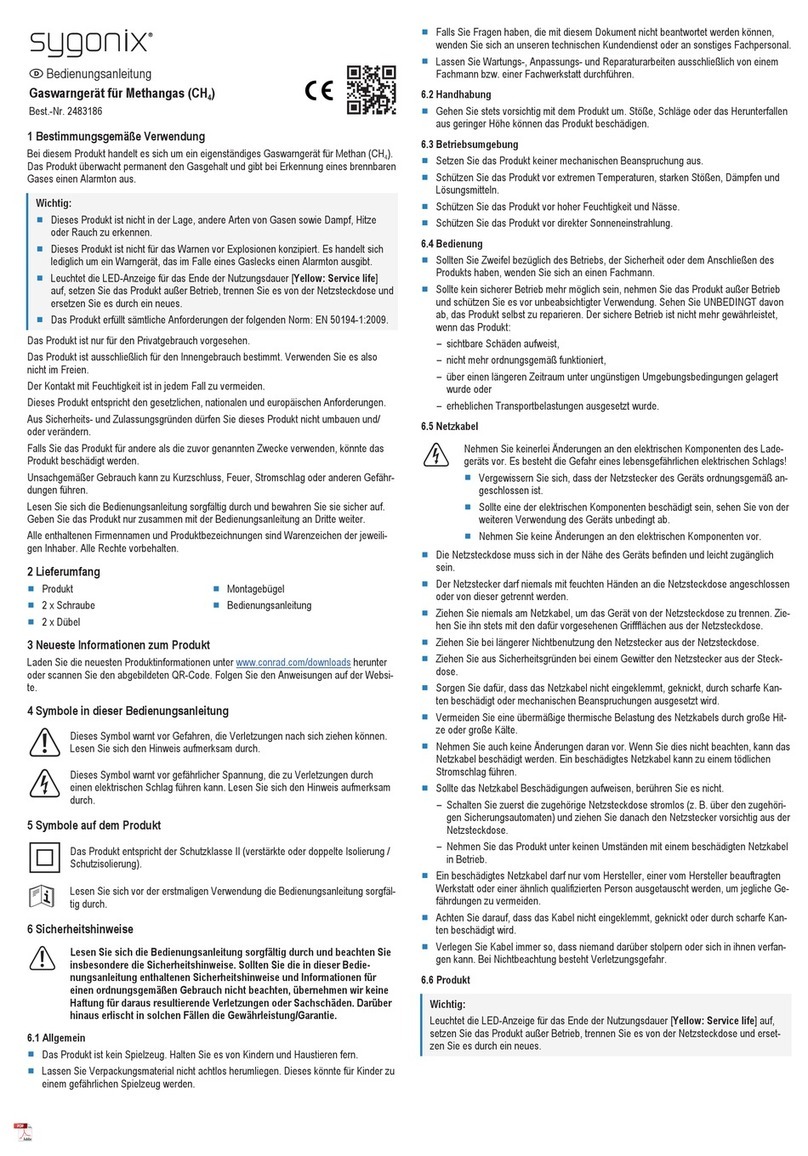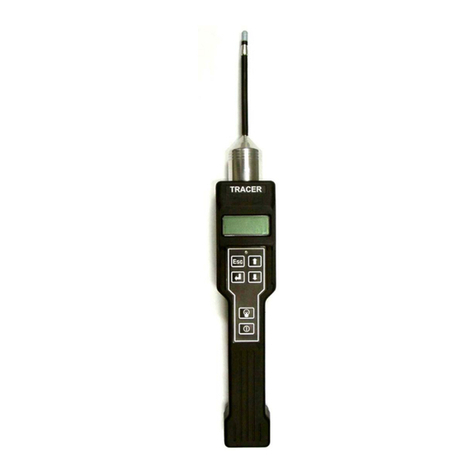
Wiring from power and bus
1、
and extend out the cable
from it.
Drill a hole on the bracket 2、Take off the cover. 3、
bracket.
Fasten the base-plate to the
Not e:p leas i n sert w a t erpr o of sto p p er int o t he hol e o f s cre w .
7、Take back the cover after the adjustment of the response time.
Installation of fixed bracket
(Back-to-back installation
guiding dirgram.)
Diameter
Diameter
Diameter
Diameter
Wire
Distance Voltage
88
910
88
910
45
Please see the diagram to
adjust the response time of
the receiver.Usually,the
time set shall be less than
the time when the intruder
corsses the grarding area.
The MIN point is the shortest
time.
Time:50-240m sec without degree
High speed:6.9m/s Fast running:4m/s
Fast walking:1.2m/s
Slow walking:0.4m/s
Normal walking:0.7m/s
VI.Beam response time adjustment.
Min
Max
IX . Dimension.
Physical appearance&dimension
Brackets
L-shaped bracket
T-shaped bracket
I-shaped bracket
CHALLENGER SECURITY PRODUCTS
10 Sandersons Way,
Blackpool, FY4 4NB
Email: enquiries.challenger@adivision.co.uk
Web: www.challenger.co.uk
Due to our policy of continuous improvement we reserve the right to change specification without prior notice. Errors and omissions
excepted. These instructions have been carefully checked prior to publication. However, no responsibility can be accepted by
Challenger for any misinterpretation of these instructions.
Challenger_ADB Beams_Instructions_Rev01
V. Beam alignment
1、Observe the collimation effect at a distance of 5cm from
theviewfinder.Adjust the upper/lower angle regulation
screw and horizontal adjustment wheel in order that the
image of opposite detector falls into the central part of
the viewing hole.
Vertical angle adjustment screw
Dow n
Up
Horizontal angle adjust knob
2.Vertical and horizontal adjust as below pictur-
e showed to get a best signal strength, if signal
strength is less than 1.8, please adjust again to
get a better signal strength.
88
910
88
910
TX flash when is bus signal
RX flash when is bus signal
七、LED
After finish setting, please make walk test.
Green Red
light on when there is no bus signal
light on when alarming, light off as normal status
light on when there is no bus signal
always light on
stackedprotection
Long distanceprotection
stackedlongdistanceprotection
TransmitterA Receiver A
TransmitterA Receiver A
TransmitterB Receiver B
2 2
Tr ansmitter Receiver
Tr ansmitter Receiver
Receiver Tr ansmitter
Receiver Tr ansmitter
Transmitter Receiver
Transmitter Receiver
Receiver B Tr ansmitterBTr ansmitterC Receiver C
CHANNEL BEAMFREQUENCY SELECT OR
Tr ansmitterC Receiver C
Transmitter Receiver
3 3
4 4
Tr ansmitterE Receiver E
Transmitter Receiver
5 5
6 6
Tr ansmitterG Receiver G
Transmitter Receiver
7 7
8 8
Tr ansmitter Receiver
Tr ansmitter Receiver
55
7 7
Receiver Tr ansmitter
Receiver Tr ansmitter
5 5
7 7
Transmitter Receiver
Transmitter Receiver
6 6
8 8
The 8 channel beam frequency selector can be used
to avoid unwanted crosstalk that can occur when
using multiple photo beams for long distance or
beam stacking applications.
To select between 8 separate beam frequencies,
use the switch provided.
Since Receiver C may receive the infrared beam from Transmitter
A select their frequencies as shown in the figure above.
Table1
Ferquency
Set frequency: set DIP 7 at ON, DIP 8 at OFF to enter
the frequency setting mode, the digital display shows
the frequency. Set frequency on DIP 1,2,3. see table 1.
Since Receiver A may receive the infrared beam from Transmitter
B.C.D.E.F.G.H,select the frequencies as shown in the figure above
(In the figure each number in the square indicate a channel
numbers.)
